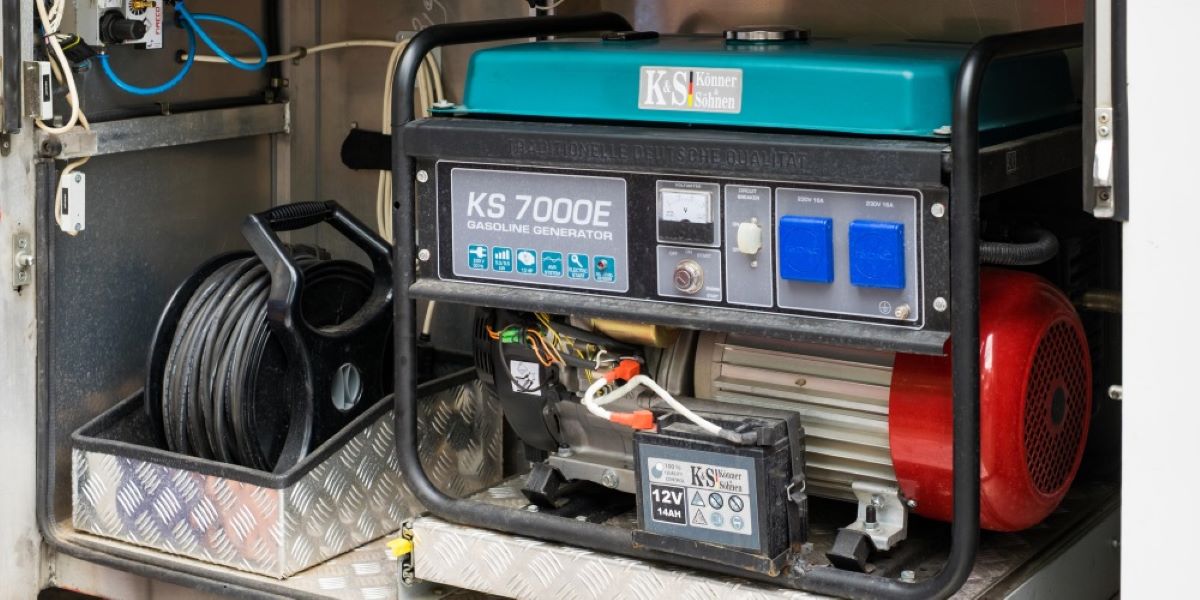

Articles
How To Store A Generator Outside
Modified: January 6, 2024
Learn the best methods for storing a generator outdoors with our informative articles. Keep your generator safe and protected from the elements.
(Many of the links in this article redirect to a specific reviewed product. Your purchase of these products through affiliate links helps to generate commission for Storables.com, at no extra cost. Learn more)
Introduction
Generators are an invaluable tool for providing backup power during emergencies or for use in remote locations where access to electricity may be limited. However, when not in use, it is crucial to store your generator properly to ensure it remains in good condition and ready for use when needed.
Storing a generator outside requires careful consideration of its location, proper preparation to prevent damage from the elements, protection against theft, and regular maintenance. In this article, we will explore the essential steps to store a generator outside effectively.
By following these guidelines, you can extend the lifespan of your generator and maintain its performance for years to come. So, let’s dive in and explore the importance of proper generator storage and the necessary steps to take to protect your valuable equipment.
Key Takeaways:
- Properly storing a generator outside is crucial for protecting it from harsh weather, theft, and damage. Choosing the right location, preparing the generator, and regular maintenance are key to ensuring its longevity and reliability.
- Investing time and effort into proper generator storage can save you from costly repairs and ensure a reliable backup power source. By covering the generator, protecting against theft, and performing regular maintenance, you can maximize its lifespan and performance.
Read more: How To Store A Generator
Importance of Proper Generator Storage
Proper storage of your generator is essential to ensure its longevity and reliable performance. Without proper storage, your generator may be exposed to various elements that can cause damage and significantly reduce its lifespan.
One of the main reasons why proper generator storage is crucial is to protect it from harsh weather conditions. Extreme temperatures, heavy rainfall, snow, and direct sunlight can all take a toll on your generator, causing rust, corrosion, and damage to internal components.
Additionally, storing your generator properly helps prevent dust and debris from accumulating, which can clog air filters and hinder the generator’s airflow. This can lead to overheating and decreased efficiency.
Another important aspect of proper generator storage is safeguarding it against potential theft or vandalism. Generators are valuable equipment, and leaving them exposed in an easily accessible area can make them a target for theft. Taking steps to protect your generator can help deter thieves and ensure it remains secure.
Lastly, proper generator storage allows for easy accessibility and maintenance. When stored correctly, your generator will be readily available for use when needed, ensuring that you have a reliable backup power source during emergencies or power outages.
By understanding the importance of proper generator storage, you can take the necessary steps to protect your investment and ensure its optimal performance for years to come.
Choosing the Right Location
When it comes to storing your generator outside, choosing the right location is crucial for its protection and accessibility. Here are some factors to consider when selecting the ideal spot:
- Shelter: Look for a location that provides some shelter from the elements. This can include a shed, garage, or a well-ventilated outdoor structure specifically designed for generator storage.
- Elevation: Avoid areas that are prone to flooding. Place your generator on higher ground to prevent water damage.
- Ventilation: Ensure that the location has proper ventilation to prevent the accumulation of exhaust fumes and heat buildup.
- Accessibility: Choose a location that allows for easy access when you need to start or service the generator. Consider the proximity to fuel sources and electrical connections.
- Security: Select a secure location that minimizes the risk of theft or vandalism. If possible, install security measures such as locks or surveillance cameras.
- Distance from Flammable Materials: Keep your generator away from flammable materials such as gasoline, propane tanks, or other combustible substances.
By carefully considering these factors, you can choose a suitable and safe location to store your generator outside. Remember that the right location will provide protection, accessibility, and peace of mind.
Preparing the Generator
Before storing your generator outside, it is essential to take the necessary steps to prepare it properly. Here are some key preparations to consider:
- Clean and Inspect: Start by cleaning the generator thoroughly. Remove any dirt, debris, or grime that may have accumulated. Inspect the generator for any signs of damage, loose parts, or leaks.
- Drain Fuel and Oil: If you anticipate long-term storage, drain the fuel and oil from the generator as leaving them can lead to fuel degradation and residue buildup. Consult the manufacturer’s instructions for specific guidance on fuel and oil removal.
- Stabilize Fuel: If you decide to keep fuel in the generator, add a fuel stabilizer according to the manufacturer’s instructions. This will help prevent fuel deterioration and ensure easier maintenance when the generator is put back into use.
- Remove the Battery: If your generator has a battery, remove it and store it in a cool, dry place. This will prevent the battery from discharging or getting damaged due to extreme temperatures.
- Protect Electrical Connections: Cover the electrical connections with moisture-resistant caps to protect them from moisture, dust, and corrosion.
- Run the Generator: Before storing, run your generator for a few minutes to circulate fluids and ensure it is functioning properly. This will also help burn off any remaining fuel in the system.
By following these preparation steps, you can safeguard your generator from potential damage and ensure it remains in good condition during storage.
To store a generator outside, place it on a level surface, cover it with a waterproof tarp, and ensure the exhaust is facing away from any structures to prevent carbon monoxide buildup.
Covering the Generator
One of the essential steps in storing a generator outside is adequately covering it to protect it from the elements. Here are some tips for effective generator covering:
- Weatherproof Cover: Invest in a weatherproof cover specifically designed for generators. Choose a cover made of durable and waterproof material to shield your generator from rain, snow, and UV rays.
- Proper Fit: Ensure that the cover fits snugly over the generator, leaving no gaps or loose areas. This will prevent moisture, dust, and debris from seeping in.
- Ventilation: Look for a cover that has ventilation features to allow proper airflow and prevent condensation buildup inside the generator.
- Secure the Cover: Use straps or bungee cords to secure the cover tightly to the generator. This will prevent it from blowing off during high winds.
- Regular Inspection: Periodically inspect the cover for any signs of damage, wear and tear, or mold/mildew growth. Replace the cover if necessary to maintain optimal protection.
Remember, covering your generator with a proper-fitting and weatherproof cover will shield it from the elements, preventing potential damage and ensuring its longevity.
Read more: How To Store Generator
Protecting Against Theft
Protecting your generator against theft is crucial, especially when storing it outside. Here are some strategies to help safeguard your equipment:
- Locking Mechanisms: Install sturdy locks or security cables to secure your generator to a fixed object. This will make it difficult for thieves to steal the generator.
- Secure Location: Choose a well-lit area for storage that is not easily accessible to unauthorized individuals. Consider installing security cameras or motion sensor lights as a deterrent.
- Disguise the Generator: Use camouflage or coverings that blend in with the surroundings to make it less visible and less likely to attract attention.
- Alarm Systems: Install a generator alarm system that will sound if someone tries to tamper with or move the equipment.
- Register and Mark: Register your generator with the manufacturer or a tracking service. Additionally, engrave or mark your generator with a unique identifier, such as your name or initials, which can help in recovery efforts if it is stolen.
- Neighborhood Watch: Join or establish a neighborhood watch program to increase overall security and vigilance in your community.
Implementing these theft prevention measures will significantly reduce the risk of your generator being stolen, providing you with peace of mind.
Regular Maintenance and Inspection
Performing regular maintenance and inspection on your generator is essential to ensure its optimal performance and longevity. Here are some key maintenance tasks to keep in mind:
- Check Fluid Levels: Regularly check the oil and fuel levels in your generator and top them up as needed. Use the recommended oil and fuel types specified by the manufacturer.
- Replace Filters: Inspect and replace air filters as necessary to ensure proper airflow and prevent dust and debris from entering the system.
- Battery Maintenance: If your generator has a battery, periodically check its charge level and clean the terminals to prevent corrosion.
- Inspect for Damage: Regularly inspect your generator for any signs of damage, leaks, or loose parts. Address any issues promptly to prevent further damage or malfunction.
- Run the Generator: Regularly start and run the generator to keep the engine lubricated and prevent the build-up of stale fuel. This will also help ensure that the generator remains in good working condition.
- Service Intervals: Follow the manufacturer’s recommended service intervals for more extensive maintenance tasks such as oil and filter changes, spark plug replacements, and overall system inspections.
By performing regular maintenance and inspection, you can identify and resolve potential issues before they escalate, ensuring that your generator remains in optimal condition and ready for use when needed.
Conclusion
Properly storing a generator outside is essential for maintaining its performance, longevity, and reliability. By following the steps outlined in this article, you can ensure that your generator is protected from the elements, theft, and potential damage. Choosing the right location, preparing the generator, covering it with a weatherproof cover, protecting against theft, and performing regular maintenance and inspection are key factors in maintaining the quality and functionality of your generator.
Remember, storing a generator outside requires careful consideration of its location, regular maintenance, and taking precautions to safeguard it from theft. By investing the time and effort into proper storage, you can have peace of mind knowing that your generator will be ready to provide backup power in times of need.
Adhering to these guidelines will not only maximize the lifespan and performance of your generator but also save you from costly repairs or the need for a new generator in the future. So, take the necessary steps to store your generator outside properly and enjoy the benefits of a reliable backup power source for years to come.
Frequently Asked Questions about How To Store A Generator Outside
Was this page helpful?
At Storables.com, we guarantee accurate and reliable information. Our content, validated by Expert Board Contributors, is crafted following stringent Editorial Policies. We're committed to providing you with well-researched, expert-backed insights for all your informational needs.
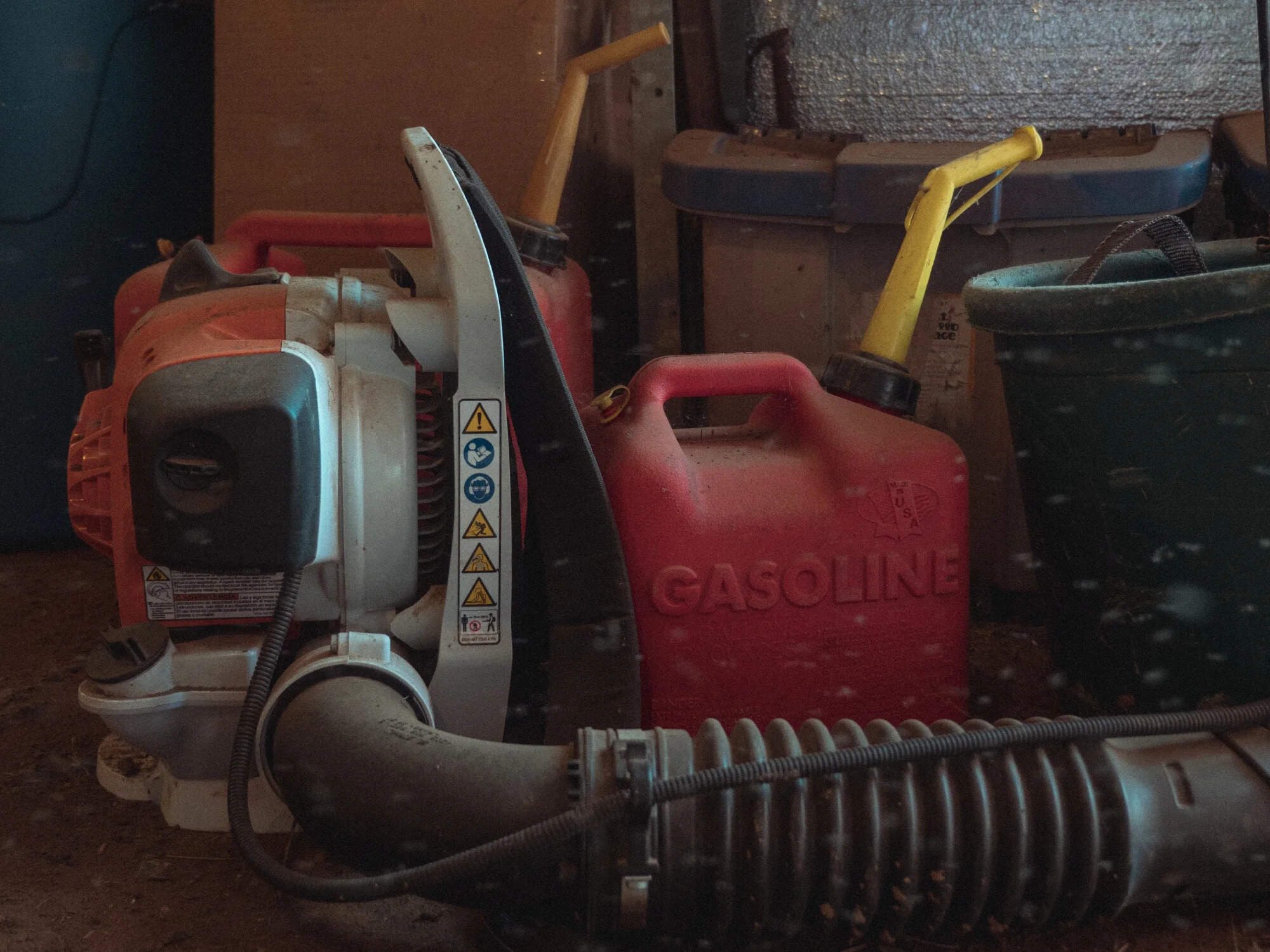
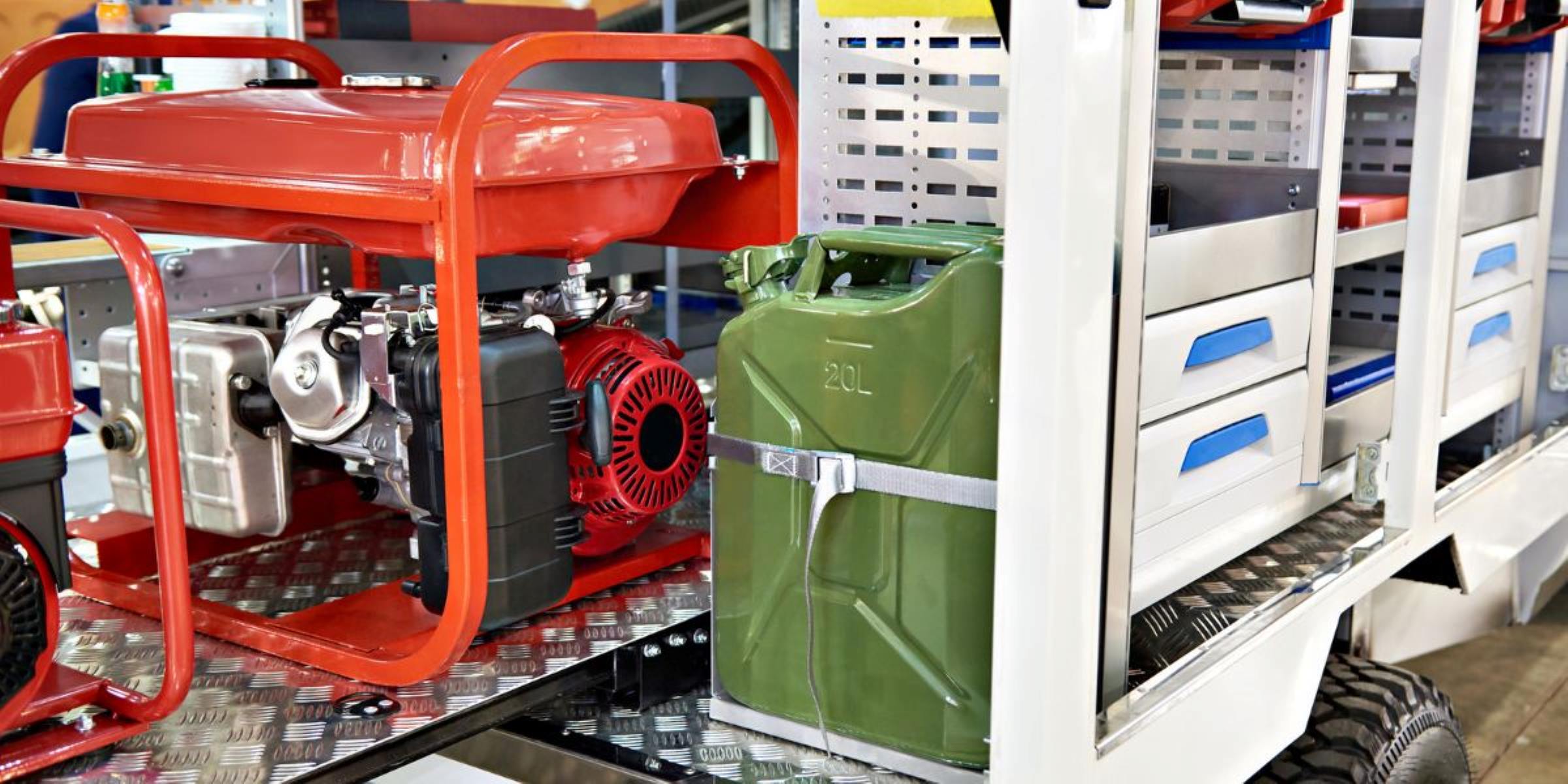
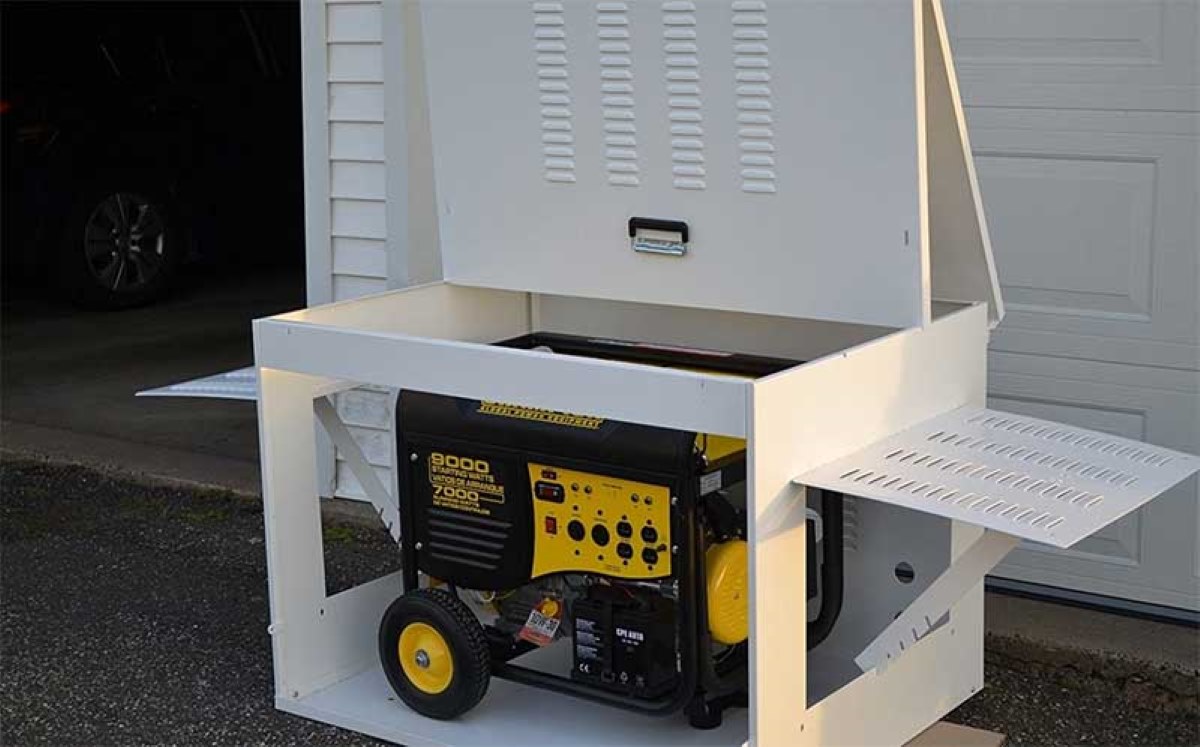


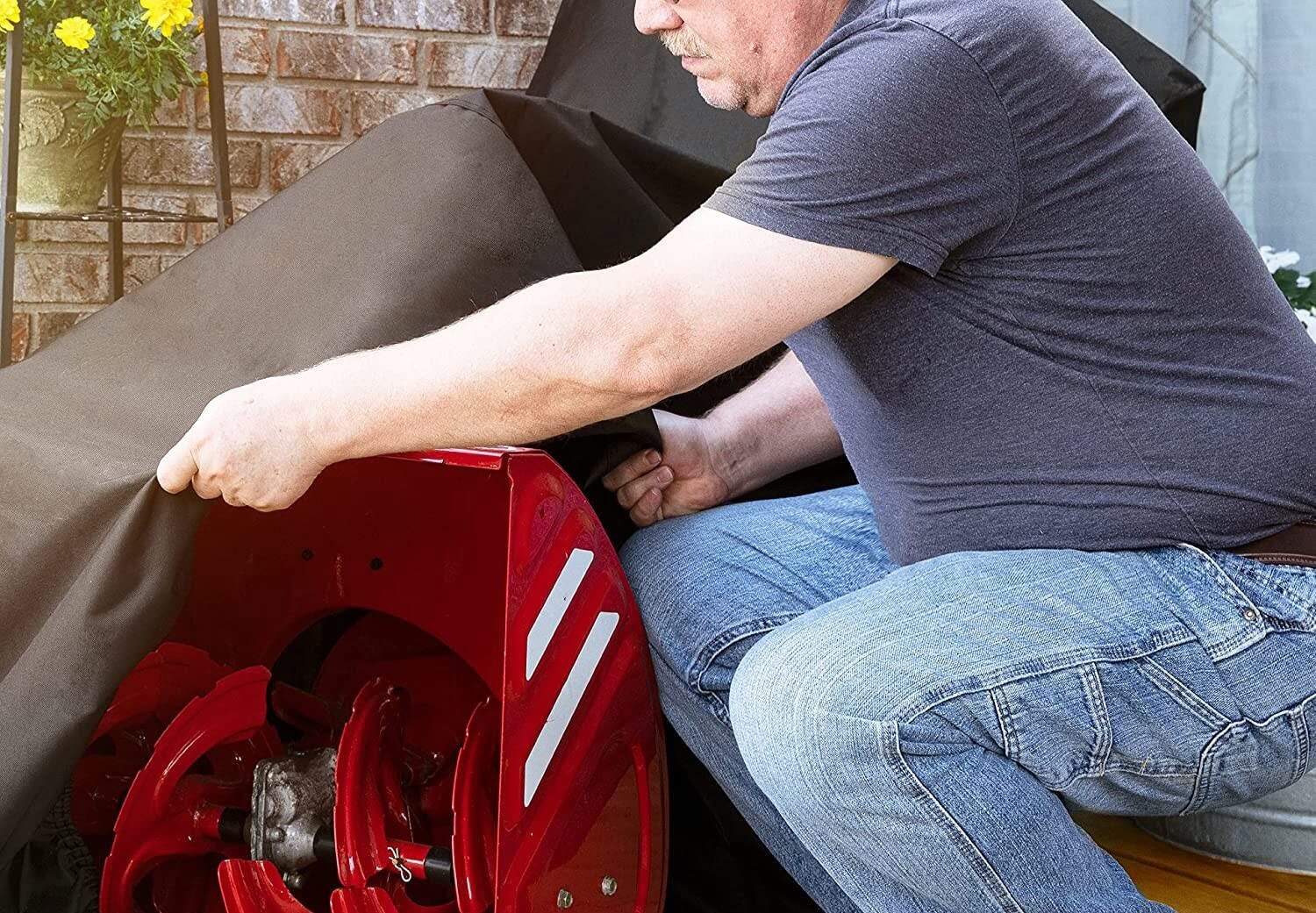
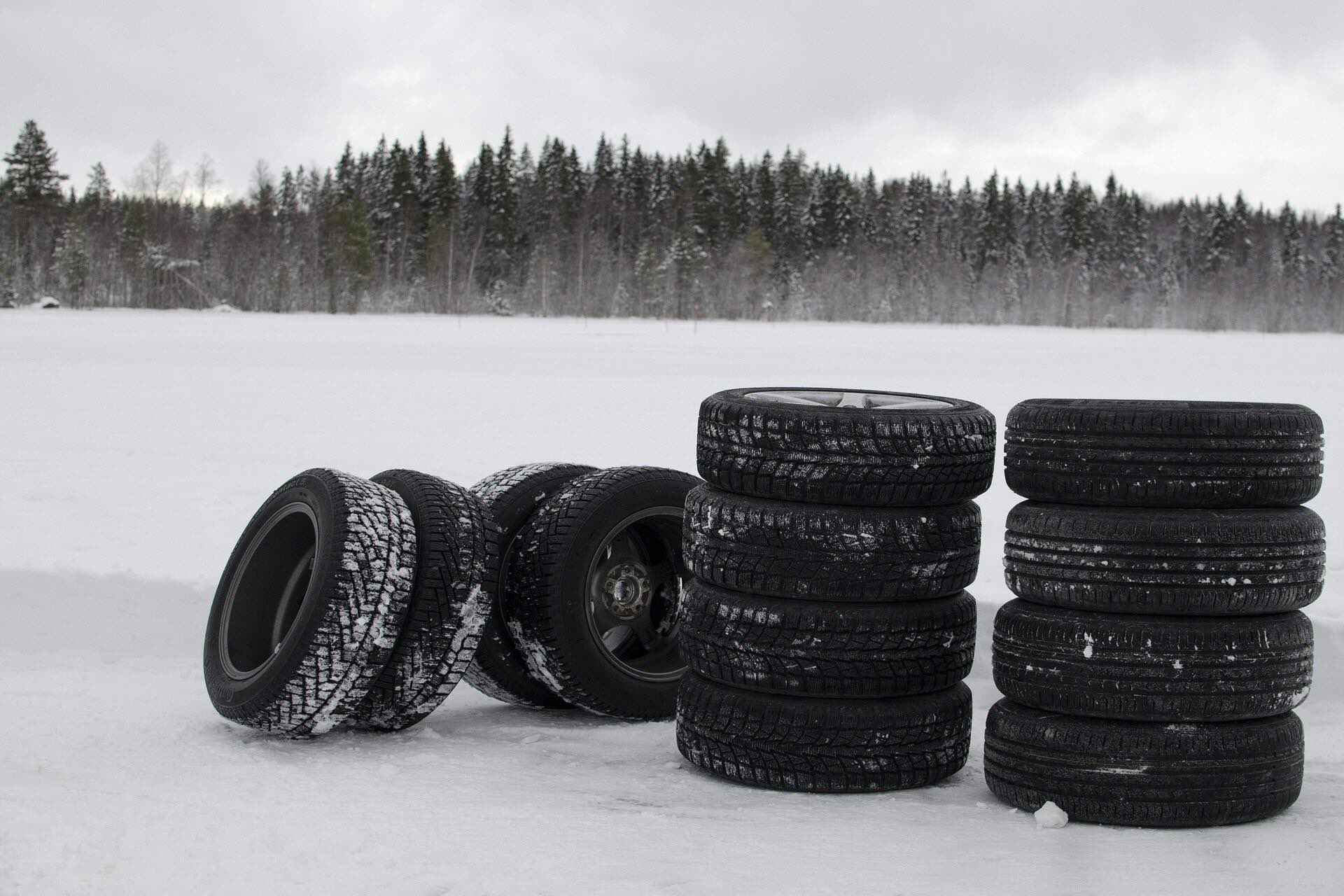


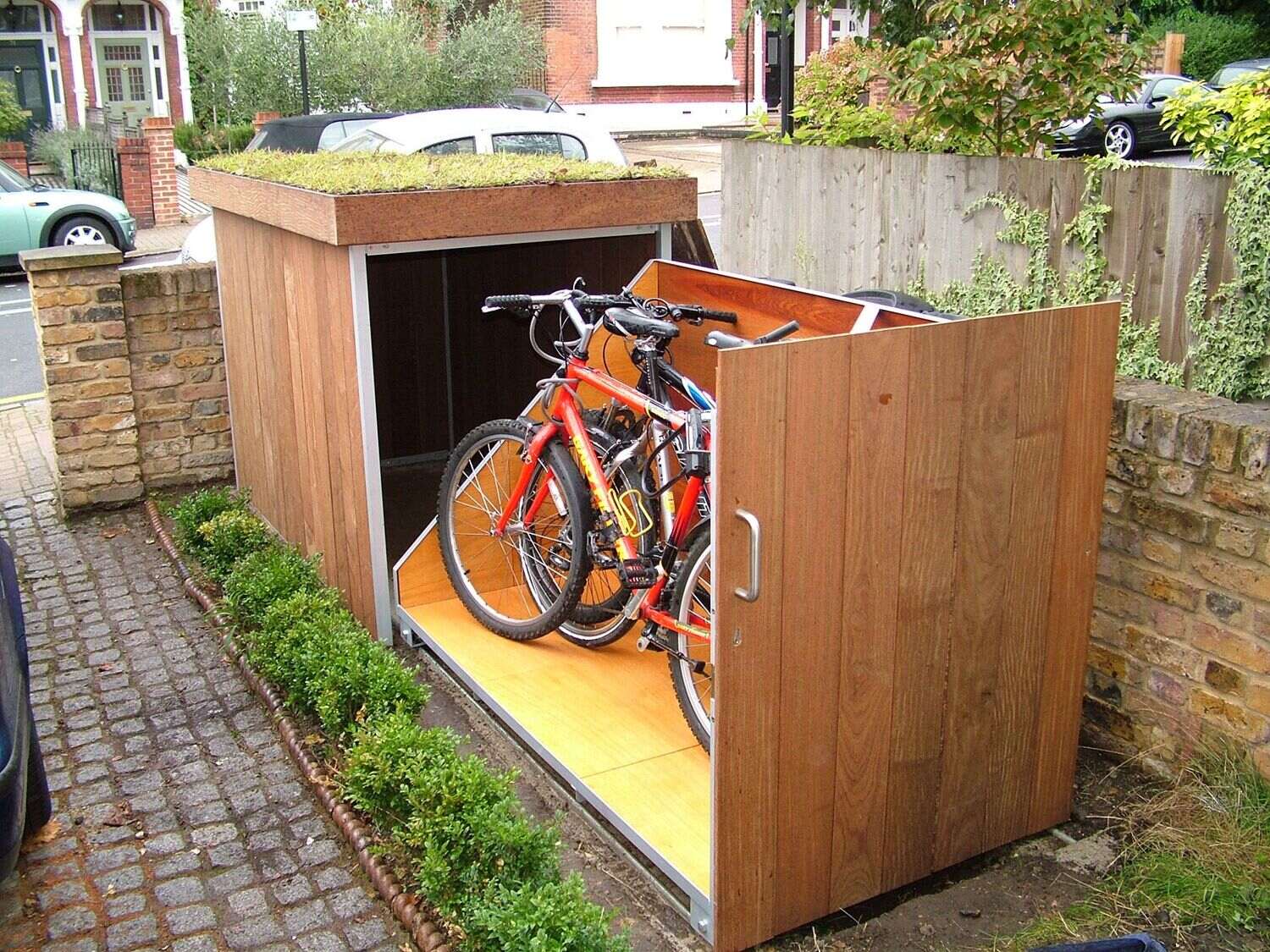
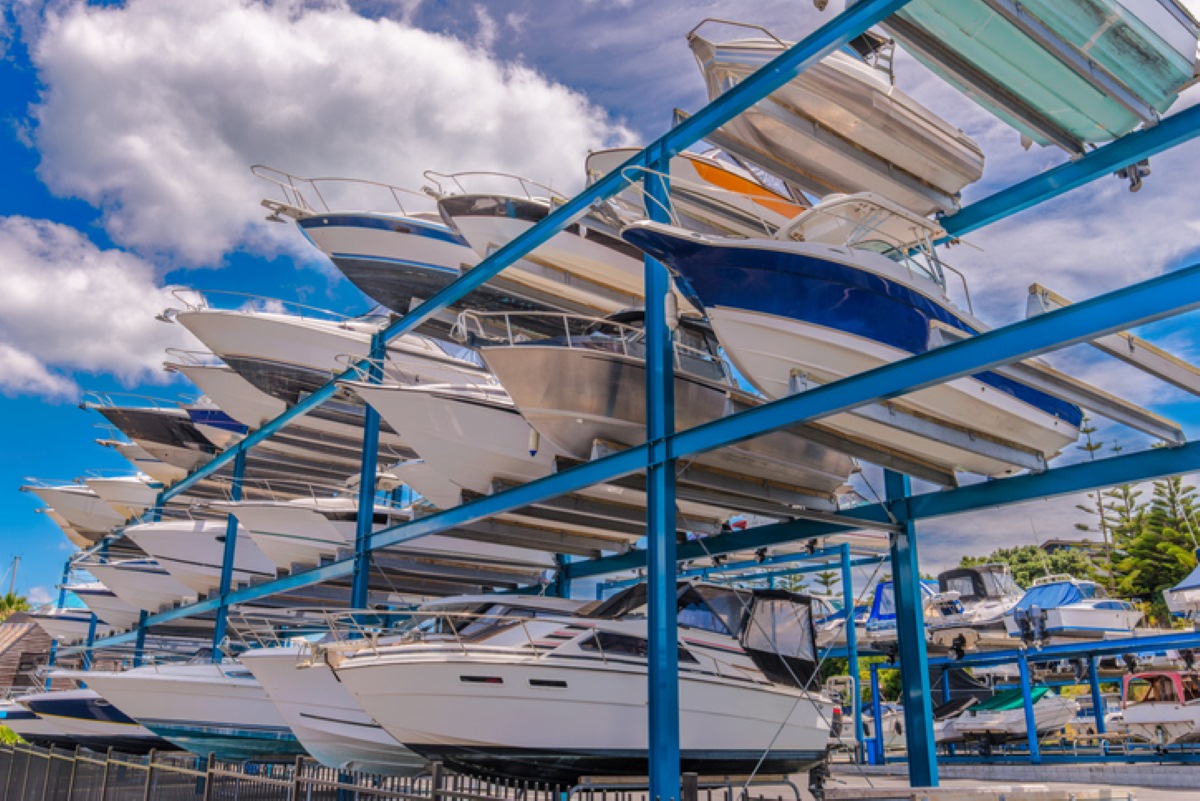
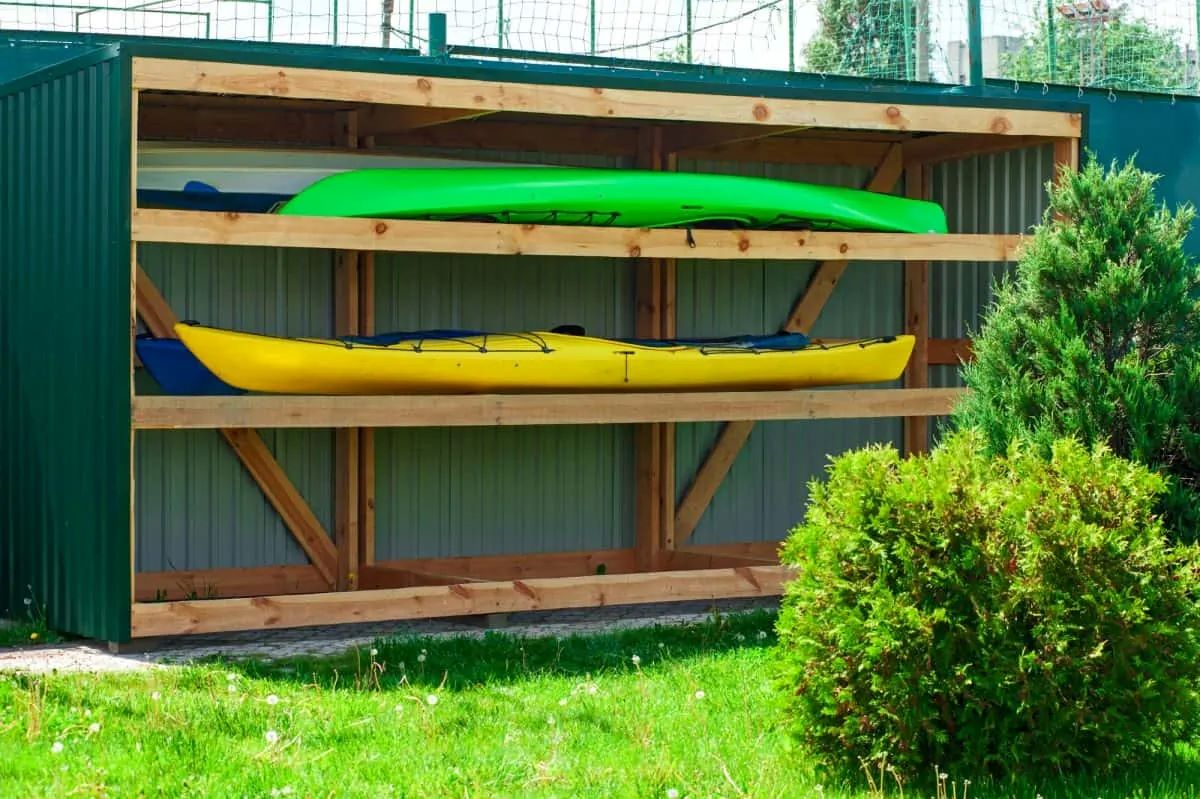
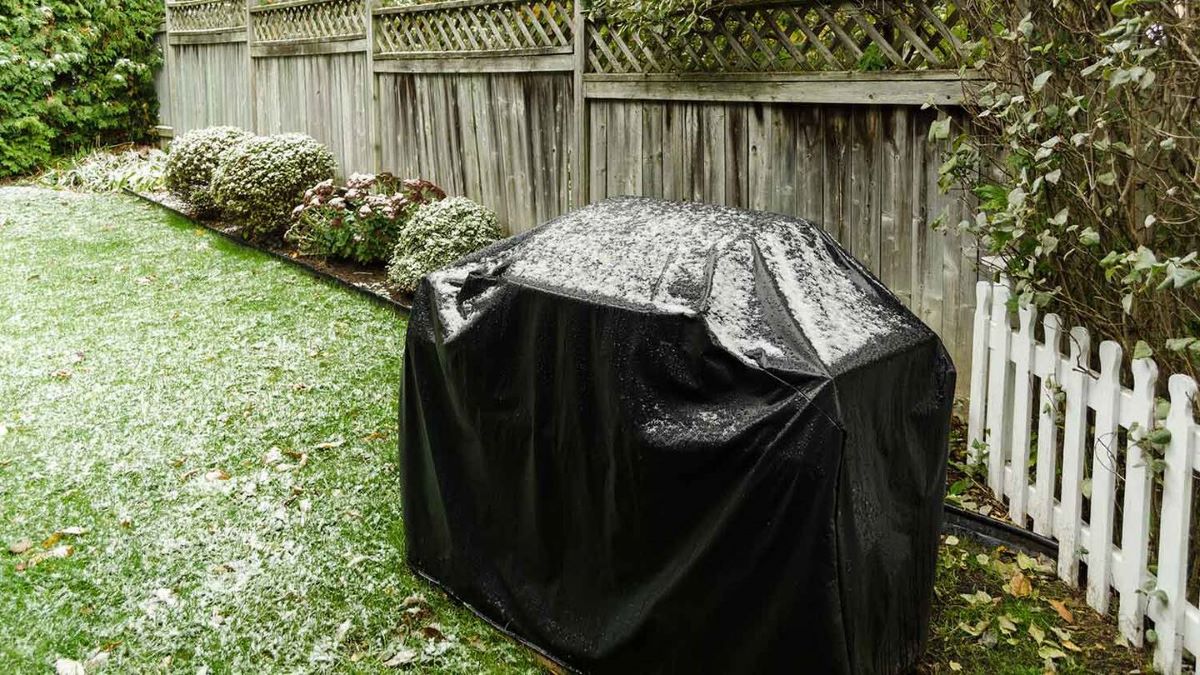
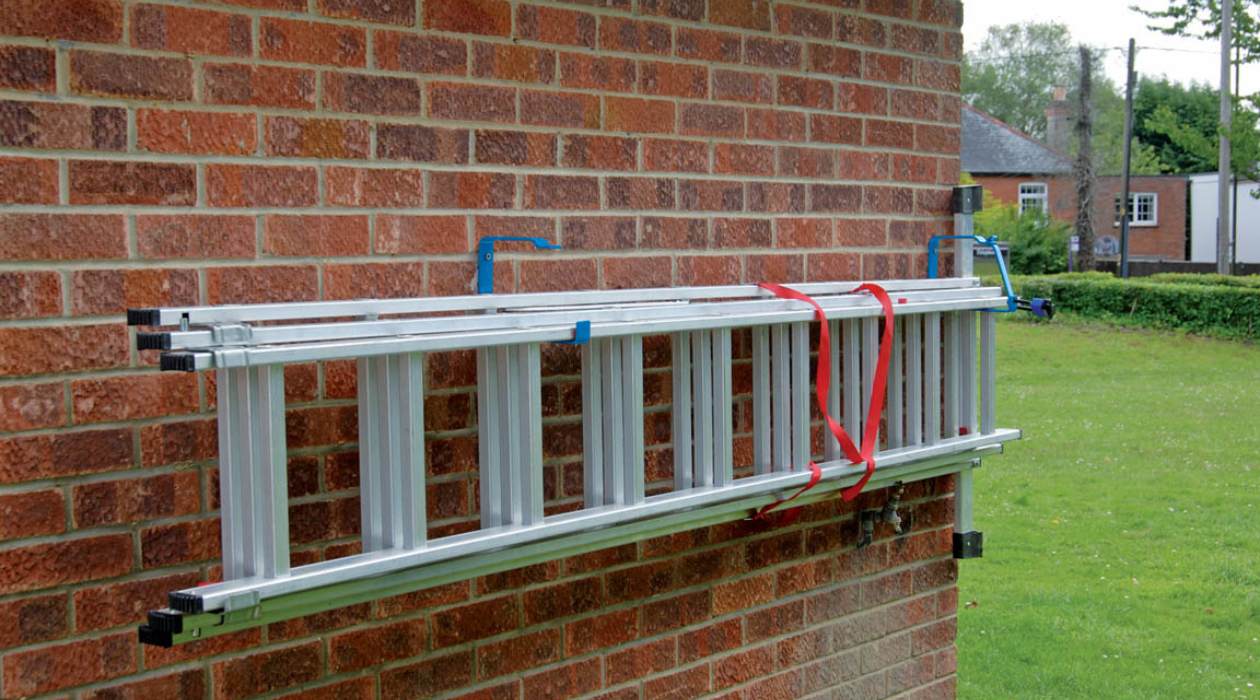

0 thoughts on “How To Store A Generator Outside”